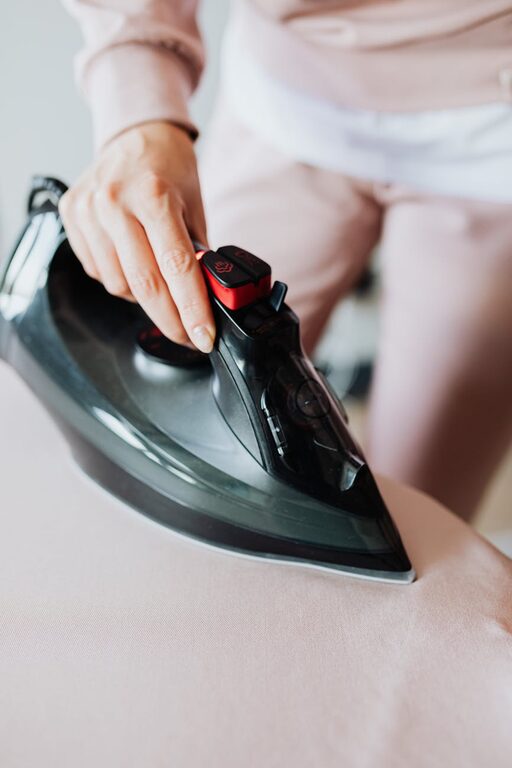Tips for Caring for Your Clothes Longer

Taking care of your clothes not only saves you money but also helps reduce waste and supports sustainable living. Whether you have a favorite sweater, a delicate blouse, or everyday jeans, proper clothing care can keep them looking their best for a longer time. In this post, we’ll explore practical tips to help you care for your clothes effectively without any hassle.
Why Caring for Clothes Matters
Clothes go through a lot every day—washing, drying, wearing, and exposure to the environment. Poor care can lead to fading colors, shrinking, stretching, or fabric damage. By adopting mindful habits, you can maintain your clothes’ fit, color, and texture, ultimately extending their lifespan.
Read and Follow Care Labels
Every garment comes with a care label that provides specific instructions about washing temperature, drying methods, and ironing. These labels are often overlooked but are a valuable guide to keeping clothes in good shape.
– Check washing symbols: They tell you the safest way to clean your clothes.
– Use recommended water temperatures: Hot water can shrink or fade certain fabrics.
– Follow drying instructions: Some fabrics dry flat; others can be tumble dried on low heat.
Taking a moment to read the care label before washing saves you from accidental damage.
Sort Clothes Before Washing
Sorting laundry might seem time-consuming, but it makes a big difference:
– Separate colors: Wash whites, darks, and colors in separate loads to prevent color bleeding.
– Sort by fabric type: Heavy items like jeans should be washed separately from delicate fabrics.
– Sort by dirtiness: Heavily soiled clothes might need a longer wash cycle, while lightly worn items can use a quicker, gentler wash.
This simple step helps preserve color vibrancy and fabric integrity.
Use Gentle Detergents and the Right Amount
The type of detergent you use affects how long your clothes last:
– Choose mild or gentle detergents: These are less likely to strip fabric fibers or colors.
– Avoid using too much detergent: Excess detergent can build up on clothes, causing stiffness and fading. Follow the detergent’s recommended usage for your load size and water hardness.
Eco-friendly detergents often have fewer harsh chemicals and can be a better choice for your clothes and the environment.
Wash Clothes Inside Out
Turning clothes inside out before washing protects the surface of the fabric:
– It reduces friction during the wash cycle, preventing pilling or fading.
– It helps preserve prints, embroidery, or appliques from wear.
This tip works especially well for jeans, graphic tees, and darker garments.
Choose the Right Washing Cycle
Modern washing machines offer a variety of cycles tailored for different fabrics:
– Use gentle or delicate cycles for sensitive items like silk, wool, or lace.
– Choose cold water washing to prevent shrinking and color fading.
– Use shorter cycles for lightly soiled clothes to reduce wear.
Taking this care can significantly prolong the fabric’s life.
Avoid Overloading the Washing Machine
Overstuffing your washing machine prevents clothes from moving freely and being cleaned properly. It also increases friction between clothes, causing damage and wrinkles. Leave enough space for clothes to tumble and rinse thoroughly.
Skip the Dryer When Possible
Dryers are convenient but can cause shrinkage, fading, and fabric damage over time. When feasible:
– Air dry your clothes: Hang garments on drying racks or clotheslines, preferably out of direct sunlight to avoid fading.
– Lay flat to dry: For sweaters and delicate items, use a flat surface to prevent stretching.
– If you use a dryer, choose a low-heat setting: High heat can damage elastic fibers and cause shrinkage.
Store Clothes Properly
How you store your clothes affects their longevity:
– Fold heavy sweaters instead of hanging: Hanging can stretch fabric and cause misshaping.
– Use padded hangers for delicate fabrics: They prevent shoulder bumps and maintain shape.
– Keep clothes in a cool, dry place: Avoid damp or humid areas that promote mildew.
– Use garment bags for seasonal storage to protect against dust and pests.
Handle Stains Promptly and Carefully
Treating stains as soon as possible prevents them from setting:
– Blot stains gently with a clean cloth: Avoid rubbing, which pushes the stain deeper.
– Use stain removers suitable for the fabric: Test a small hidden area first.
– Wash stained clothes separately: Prevents spreading stains to other colors.
Quick action helps keep your clothes spotless without harsh treatments.
Rotate Your Wardrobe
Wearing the same clothes every day increases wear. Rotating your wardrobe:
– Gives each garment rest between wears.
– Reduces repeated stress on specific items.
– Allows you to spot and treat any wear or damage early.
A well-rotated wardrobe stays fresher and lasts longer.
Repair and Refresh Clothes
Instead of discarding clothes with minor issues:
– Sew small tears or loose buttons: Basic mending can prolong use.
– Use fabric shavers to remove pilling: Gently removes fuzz balls and keeps fabric smooth.
– Refresh clothes by steaming: Removes wrinkles and odors.
Regular upkeep keeps your clothes looking neat and wearable.
Final Thoughts
Taking care of your clothes is simple with a bit of awareness and consistent effort. By following these tips—from understanding care labels to smart washing and storage—you’ll enjoy your favorite garments longer while reducing waste. Caring for clothes is not only economical but also a step toward sustainable living, benefiting both your wardrobe and the planet.
Happy caring!




